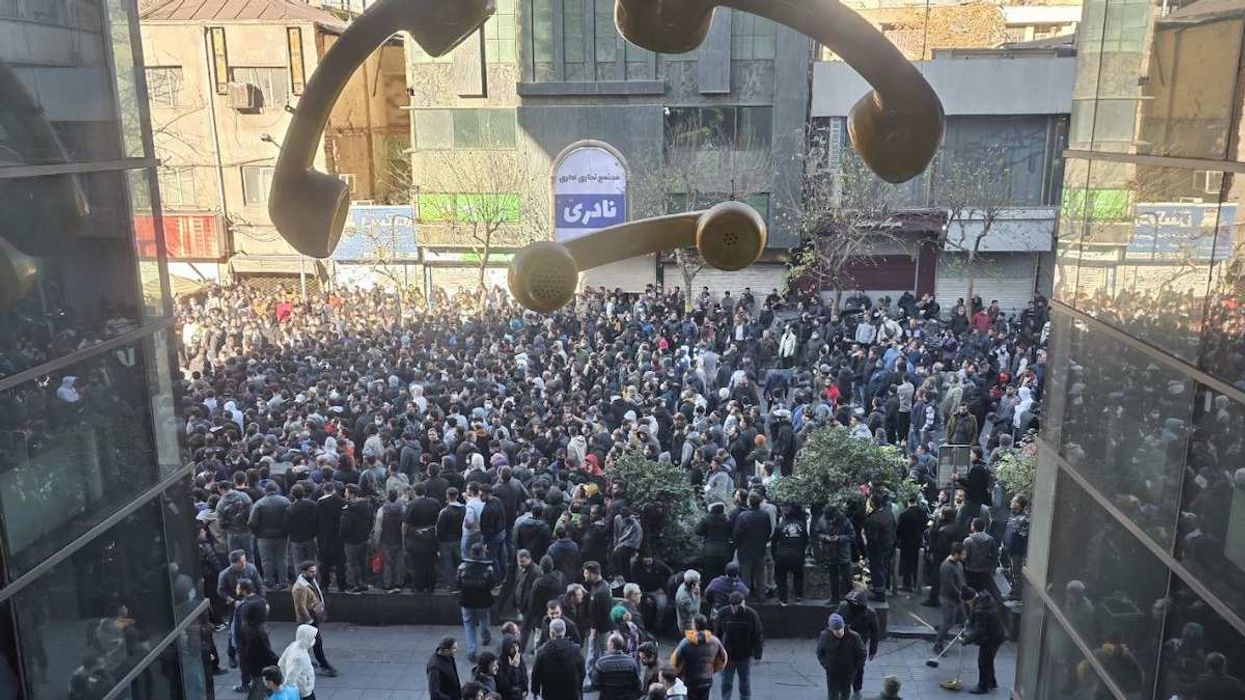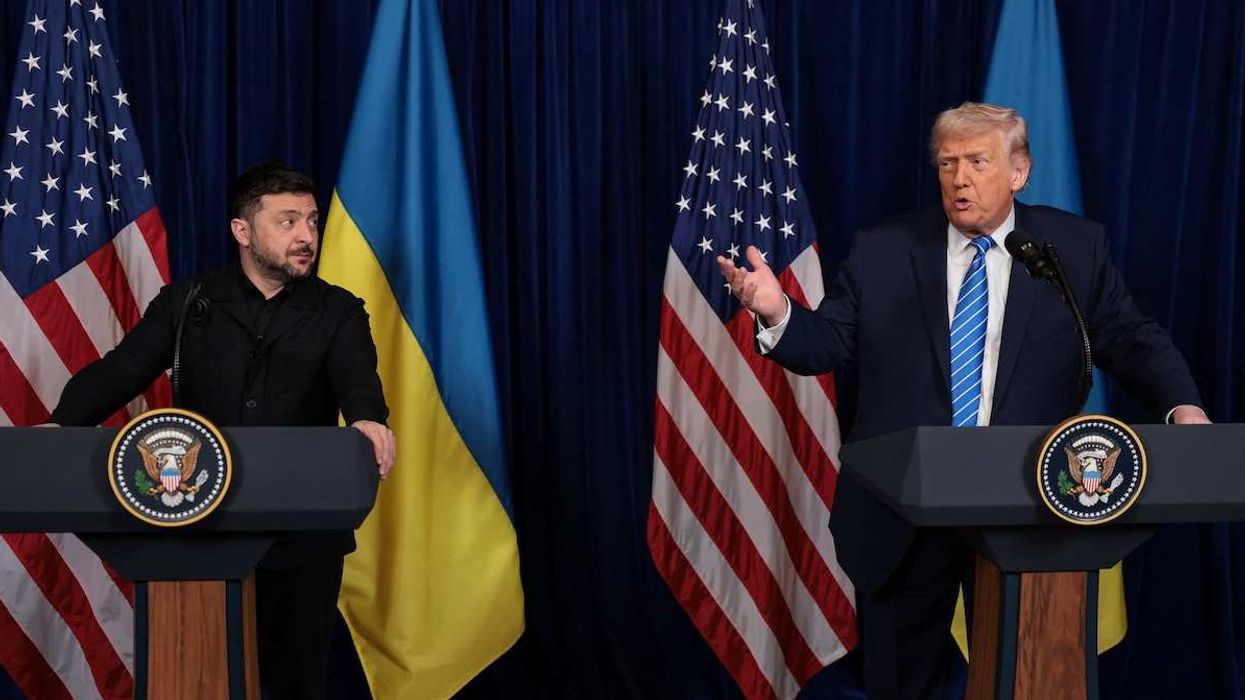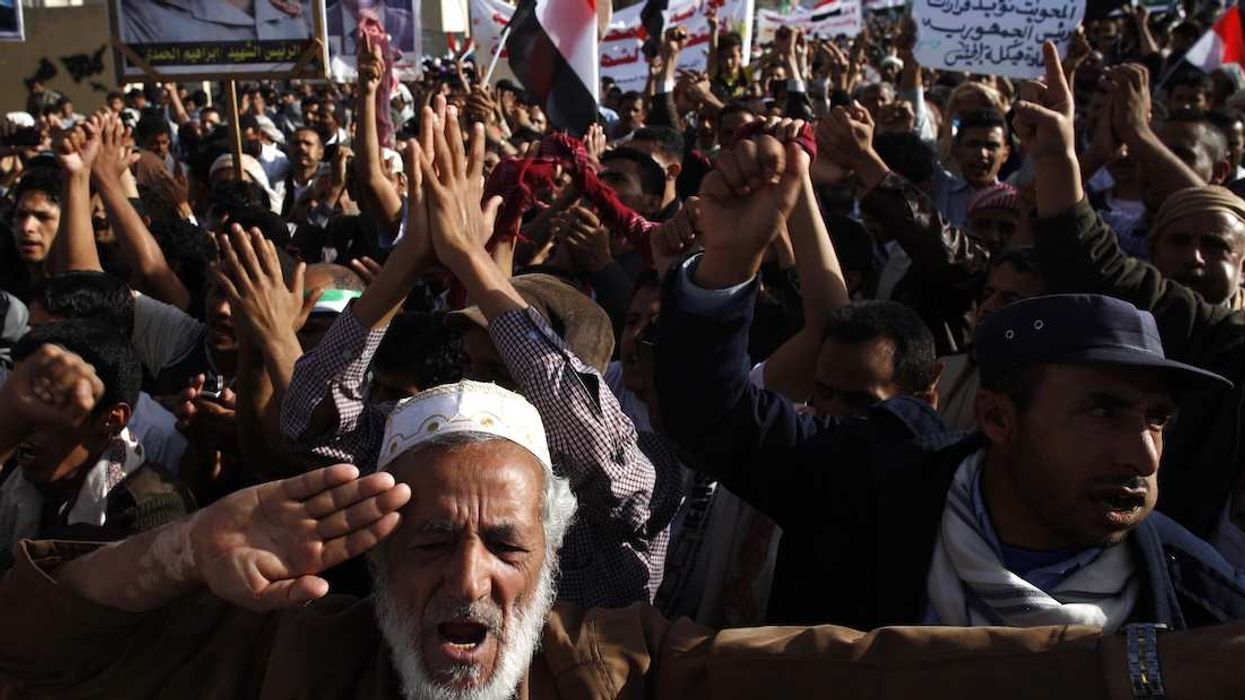Ahead of the June 2 elections, two accomplished women, the ruling party’s Claudia Sheinbaum and the opposition’s Xochitl Galvez, are vying for the distinction of becoming Mexico’s first female president. Meanwhile, criminal organizations trying to assert their influence in down-ballot races are threatening and killing a record number of candidates for local office.
Yet there is an even bigger presence shaping the outcome of these elections: outgoing President Andres Manuel Lopez Obrador, popularly known as AMLO. Constitutionally limited to a single six-year term in office, the immensely popular leader appears to have positioned his leftist Morena party to dominate Mexican politics for another six years. We asked Eurasia Group expert Matias Gomez Leautaud to explain.
What would you say are voters’ main concerns?
Across every single poll, violence and insecurity are the top concerns, followed by the state of the economy or corruption. But what we’re seeing is that this preoccupation with crime does not seem to be influencing voter intentions in races at the national level or the state level, where this concern is most acute. You see this in states with terrible security situations governed by Morena, such as Tabasco and Chiapas, and by opposition parties, such as Guanajuato and Jalisco.
Then what is driving voter intentions?
One factor is polarization, which allows ineffective state governments to remain in power because voters perceive the alternative to be worse. But a bigger factor is the influence of Lopez Obrador, who has shifted the political environment in Morena’s favor. In the presidential race, he has been successful at positioning his protégé Sheinbaum as the candidate of continuity. A former mayor of Mexico City, she was not too well known in the rest of the country. So, starting a few years ago, the party has taken every opportunity to get her in front of voters at events outside the capital.
And how has Sheinbaum tried to position herself as the candidate of continuity?
A physicist by training, Sheinbaum got her start in politics working for Lopez Obrador when he was the mayor of Mexico City. Ahead of these elections, Sheinbaum has been disciplined in her messaging, promising to maintain and build on the president’s legacy. She has even mimicked his slow style of speaking on occasion, and once during a speech in Tabasco, Lopez Obrador’s home state, she even tried to replicate his accent. (Tabasco is a rural state with a large indigenous population in the south of the country.) These efforts to step into Lopez Obrador’s shoes have been successful; the polls suggest she could get more votes than he did in 2018.
Why is Lopez Obrador so popular?
With his rhetorical attacks against traditional political and economic elites, expansion of social programs, and hikes of the minimum wage, Lopez Obrador has created a persona of a “man-of-the-people” looking out for workers’ rights. Despite the lack of feasibility of most of his pet infrastructure projects, voters perceive him as an effective president who gets things done, unlike his predecessors.
Moreover, with his slow speech, thick Tabasco accent, and frequent jokes, Lopez Obrador has brought a new folksy style to Mexican politics that his supporters love. Millions tune in every morning to the mañaneras, press briefings that set the agenda for the country’s daily news coverage. For two hours, the silver-haired president expounds on the issues of the day, takes softball questions from friendly journalists, and mixes it up a little with jokes and music. On one memorable occasion, he responded to a US demand for trade dispute talks over Mexico’s energy policies by playing a popular Cumbia song called “Uy, qué miedo” (Ooo, so scared). As a video of the song played on a screen behind him, the president joined in the laughter of those in attendance (fun fact: In 2023, Lopez Obrador was the most-watched Spanish-speaking streamer on YouTube in Latin America).
He has also drawn accusations of authoritarianism, right?
A key part of Lopez Obrador’s agenda has been to centralize more power in the presidency, and his administration has proposed legislative changes to the electoral framework, the judiciary, and other institutions that have eroded checks and balances. At the same time, Lopez Obrador’s treatment of critical journalists has grown increasingly heavy-handed. He has testy exchanges with them at the mañaneras and on a couple of occasions has publicly disclosed their telephone numbers and other personal information. Some Mexican newspapers and television stations have quietly removed critical voices.
What is the state of the opposition?
In response to the 2018 landslide victory by Lopez Obrador and his upstart Morena party, the country’s traditional political formations failed to seize on the opportunity to rethink their approach to politics. Previous presidents and their advisers have had technocratic profiles. They studied abroad and were profiled in the media wearing nice suits and expensive watches. Though they carried out pro-market reforms most economists thought necessary, they failed to explain them in terms that ordinary people could understand. Currently, their proposals are just outright opposition to Lopez Obrador’s policies, some of which are very popular among voters. With no promise of a better future, the opposition remains focused on returning to a past that most voters don’t want.
Is Xochitl Galvez an effective candidate?
The opposition probably stumbled into the best candidate it could have. She was not initially the preferred choice of any of the three parties that make up the main opposition coalition, but she ran an effective internal campaign and secured the nomination. There was probably a political calculation that the coalition should field a female candidate to take on Sheinbaum. And Galvez has an inspiring personal story of someone who grew up in a poor village, won a scholarship to the university, and became a tech entrepreneur. Yet she has struggled to perform the difficult balancing act of distancing herself from the discredited opposition parties while retaining their support.
How long can Morena continue to dominate Mexico’s politics?
If Sheinbaum wins, she will not be as strong a president as Lopez Obrador and will face more spending constraints after the expansion of social welfare programs under the current administration. This will open an opportunity for the opposition to win back some voters. In addition to the presidential and congressional races on June 2, it will be important to monitor the results of nine governor races. If Morena is able to win most of them, it will be the overwhelmingly dominant political force in the medium term. But if it loses in key states such as Veracruz or Mexico City, this would be a sign that voters may grow disaffected from Morena sooner.
Edited by Jonathan House, Senior Editor, Eurasia Group



















